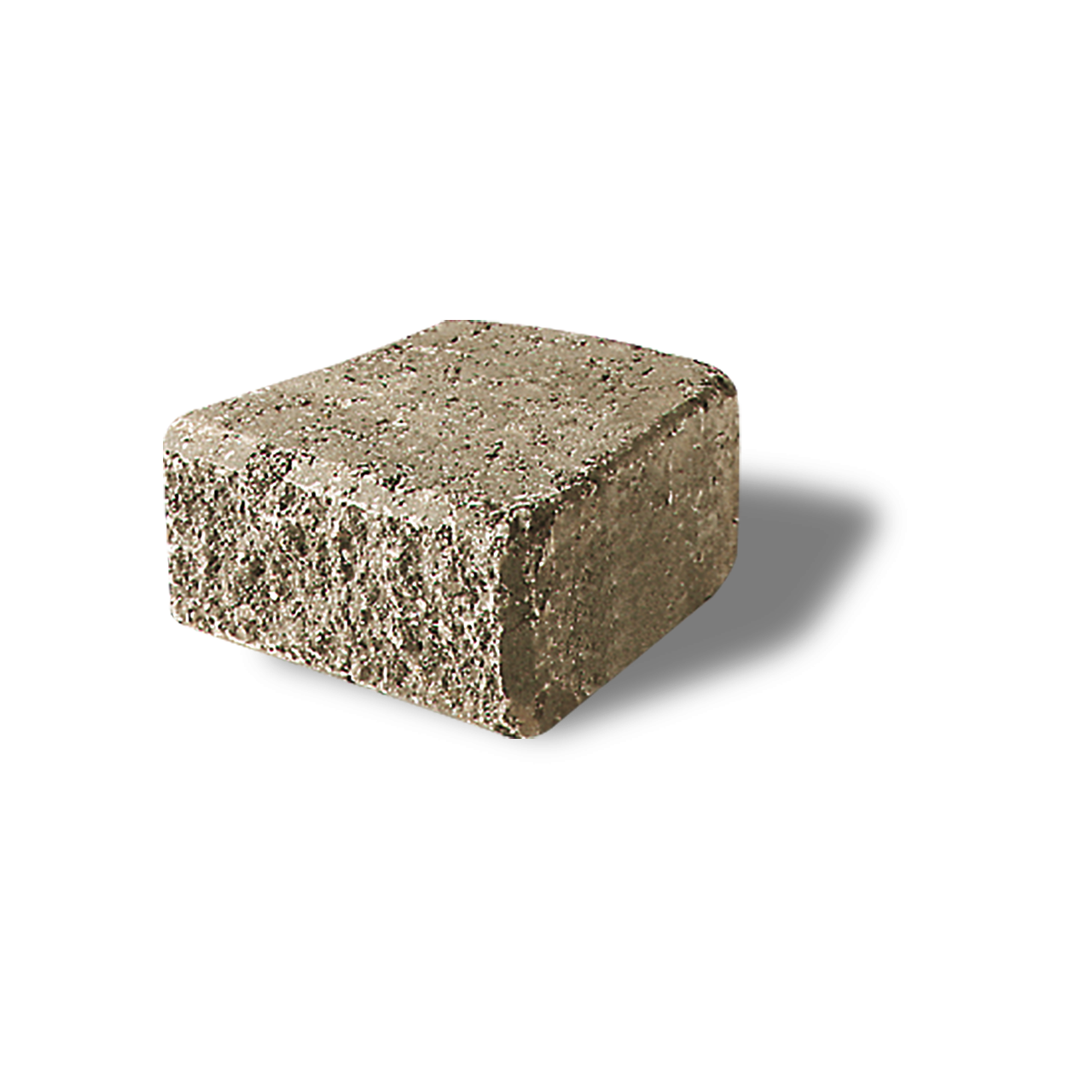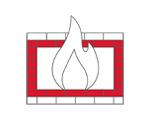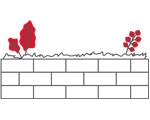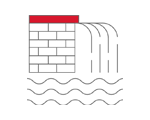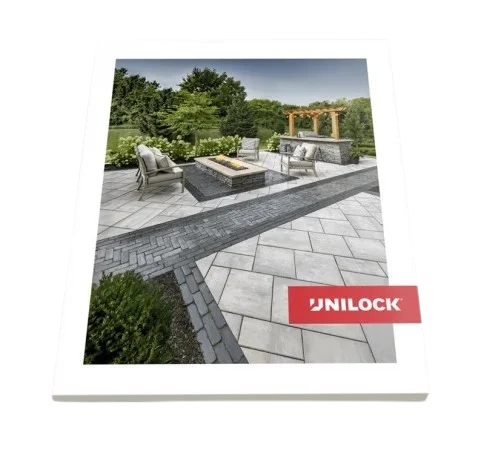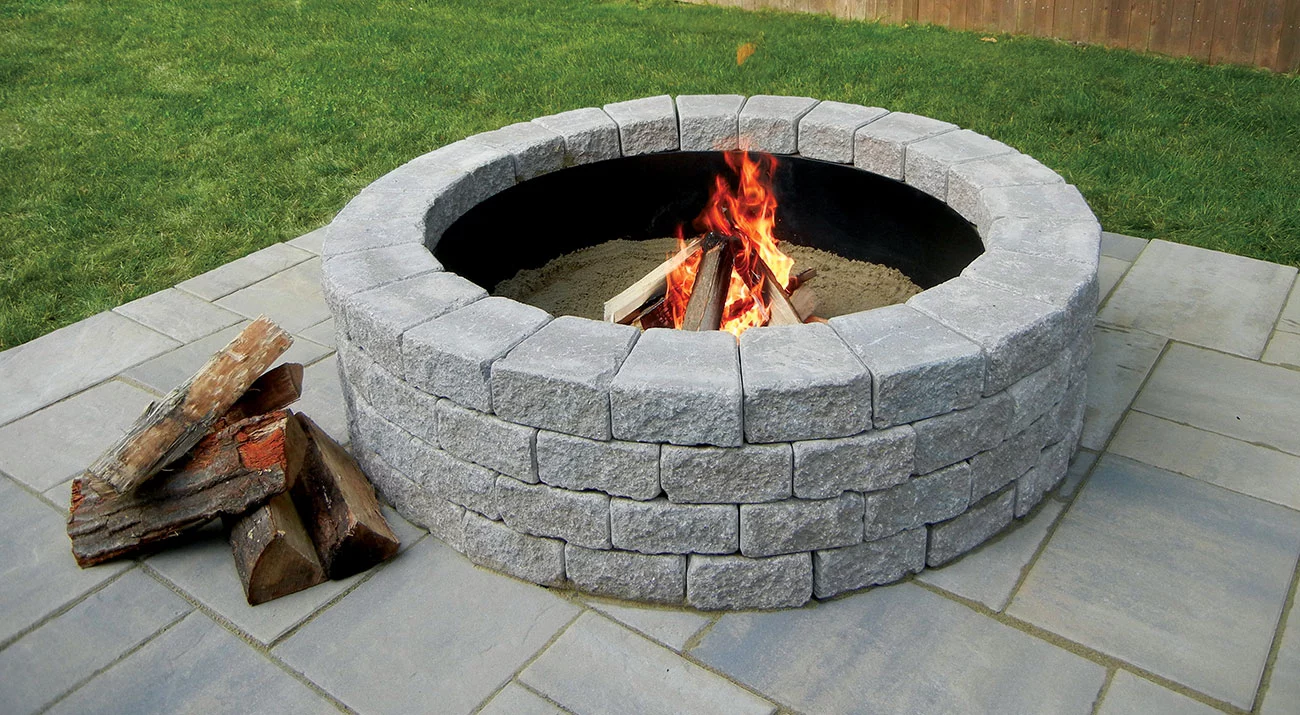RomanStack is the most versatile residential and commercial retaining wall block on the market today. Use RomanStack to construct projects from low walls to high walls.
Applications – Design and build projects such as planters, seat walls and fire pits. Can be used for straight and curved installations. (Minimum Outside Radius 29”’)
Capacity – Gravity walls up to 24” (.5m).
Recommended Base Stabilization – one layer of DriveGrid™ stabilization grid between subgrade and base material. Use under Standard Base or Permeable Base.
Standard Base – Min. 6” – 8” of ¾” Crusher Run gravel (any road base standard in accordance with ASTM-D2940) compacted to 98% Standard Proctor Density (SPD).
Alternative Permeable Base – Min. 6” – 8” of ¾“ clear open-graded stone compacted to achieve full particle lock-up and consolidation. (Clear open-graded does not compact but does consolidate slightly by rattling the particles together.)
Leveling – Leveling retaining wall blocks directly on top of gravel is tedious and generally does not yield the best results. U-Grip Base units or universal base pads are recommended under all Unilock walls for improved accuracy and speedier installation. Additional benefits include long term structural integrity and an overall better appearance. Poured concrete leveling pads, reinforced with rebar, are also a great way to accomplish leveling, particularly for larger installations. You must ensure that the concrete is poured and finished perfectly in order to achieve a good visual appearance.
Connection – features a tongue and groove connection. Use appropriate concrete adhesive for connection between units where the key has been removed or for corners. Always read adhesive manufacturers’ directions prior to gluing.
Handling – No specific handling instructions.
Coping - This wall requires coping. Use the RomanStack Coping or use any other coping that Unilock manufactures. Cutting may be required. Install with tight joints or gap 3/16” and amend with an exterior latex caulking. A diamond blade saw is required to cut coping properly. Glue all coping using a specially formulated concrete adhesive that is strong and will not break down over time. Always read adhesive manufacturers’ directions prior to gluing.



